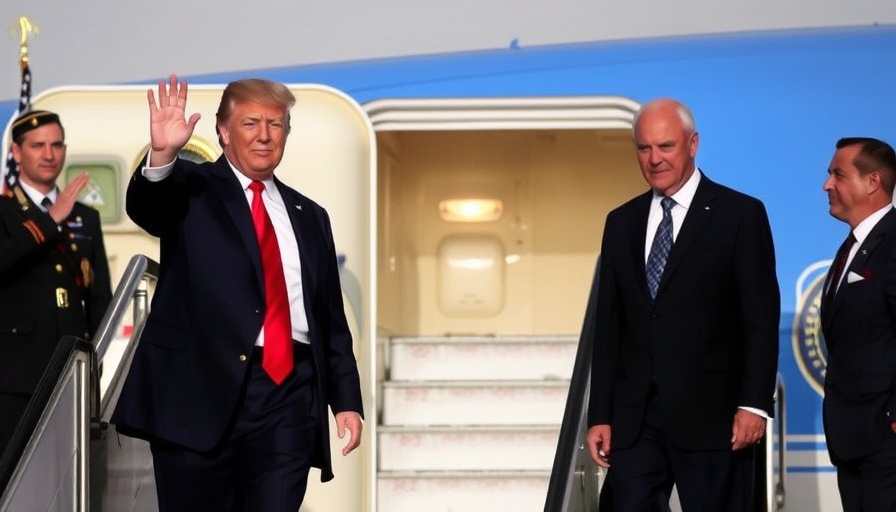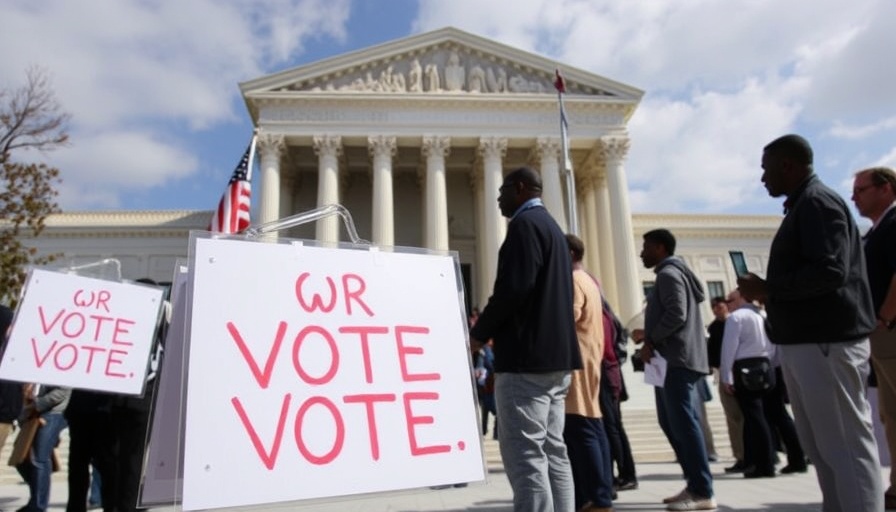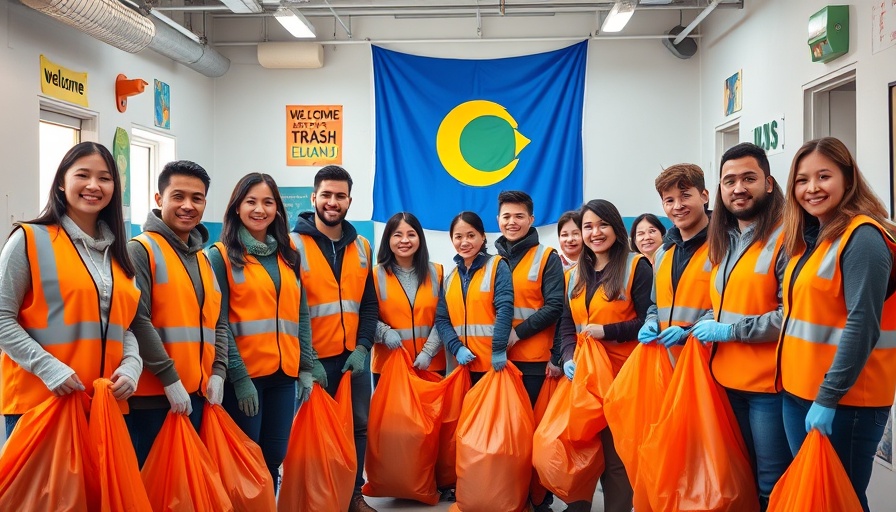
Paving the Way for Peace: Trump's Visit to Egypt
In a significant diplomatic initiative, President Donald Trump arrived in Egypt on Monday with the hopes of advancing peace in the Middle East, especially amid ongoing tensions and recent hostilities between Israel and Hamas. His participation in a global summit focused on Gaza’s future reflects a fragile glimmer of hope for a region long entrenched in conflict, marking a pivotal moment for international relations.
The timing of Trump's visit comes immediately after a U.S.-brokered ceasefire, with discussions on its implementation highlighting both opportunities and challenges that lie ahead. Trump’s rhetoric during his visit resonated with a sense of urgency and determination. Addressing Israeli lawmakers at the Knesset, he proclaimed, "You've won, now it is time to translate these victories against terrorists into the ultimate prize of peace and prosperity for the entire Middle East." Trump’s assertion emphasizes his commitment to shifting the dialogue from military victories to long-term stability.
The Human Element: Stories of Resilience
During his talks, Trump interacted with families of hostages released as part of the ceasefire agreement, embodying a personal connection that returned their hopes. "Your name will be remembered to generations," one family member told Trump, illustrating the human cost of the ongoing conflict. The release of 20 hostages represents a critical step toward healing, showcasing the resilience of those affected by two years of war.
Moreover, Israeli lawmakers showered Trump with accolades, some donning hats emblazoned with "Trump, The Peace President." This indicates not just his political standing but the public's yearning for a transformative approach in the long-stalled peace process. The emotional weight of such gatherings signifies that amidst the chaos, there exists a pursuit of hope and healing.
Future Insights: Can a New Era of Peace Arise?
As the summit unfolds, several key elements have emerged that might shape the future landscape of the Middle East. Trump's proposed plan includes critical phases of humanitarian aid to Gaza, the release of Palestinian prisoners, and a reevaluation of relations between Israel and its Arab neighbors. With fixed timelines and concrete actions, these proposals signal a rare opportunity to foster a cooperative environment persuaded by a common goal: regional stability.
However, skepticism remains about whether the foundations laid during this summit will translate into genuine shifts in policy or action. Leaders and citizens alike are cautious, aware that decades of distrust cannot dissolve overnight. Moving forward, continued engagement and dialogue will be essential in understanding diverse perspectives, notably from populations directly affected by these geopolitical decisions.
Challenges Ahead: Bridging Divides
The road to peace is rarely linear, and Trump’s administration still faces significant hurdles, especially concerning the impending negotiations. Prime Minister Benjamin Netanyahu, despite his previous endorsements of Trump, declined to attend the summit, citing religious observances as a barrier. This absence raises questions about the unity of Israeli leadership in seizing this moment as a collaborative effort.
The complexities of regional dynamics, including the ongoing sentiments of mistrust from both Palestinian and Israeli communities, underscore the importance of thoughtful diplomacy. As leaders reconvene, it will be critical to ensure that all voices are represented and that the balance of power considers the needs of all involved.
The Heart of the Matter: Understanding Community Perspectives
From San Francisco's diverse Bay Area, where culture and community thrive, the events unfolding in the Middle East might feel distant yet bear relevance. Community members value grassroots initiatives that foster understanding and solidarity, reminding us all that peace begins at home. Local action can inspire broader movements, allowing individuals to engage with these global issues through awareness and compassion.
Here, we can draw parallels with local grassroots movements that seek reconciliation and collaboration among diverse groups. By emphasizing empathy, listening, and understanding, community leaders can drive the conversation forward, just as nations seek to mitigate longstanding divisions.
Conclusion: Seizing the Moment for Lasting Change
In the tapestry of history, moments like these define the trajectory of nations and their people. As Trump leads discussions in Egypt, it's essential for each of us, especially those in our vibrant Bay Area, to reflect on our roles in fostering peace and understanding, both globally and locally. Our collective responsibility centers around supporting efforts that embrace dialogue over division. Equipped with empathy, let’s champion for a future where peace is not just a possibility but a shared reality.
 Add Row
Add Row  Add
Add 



Write A Comment